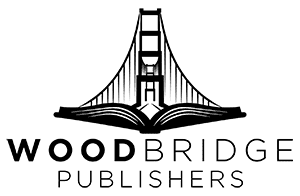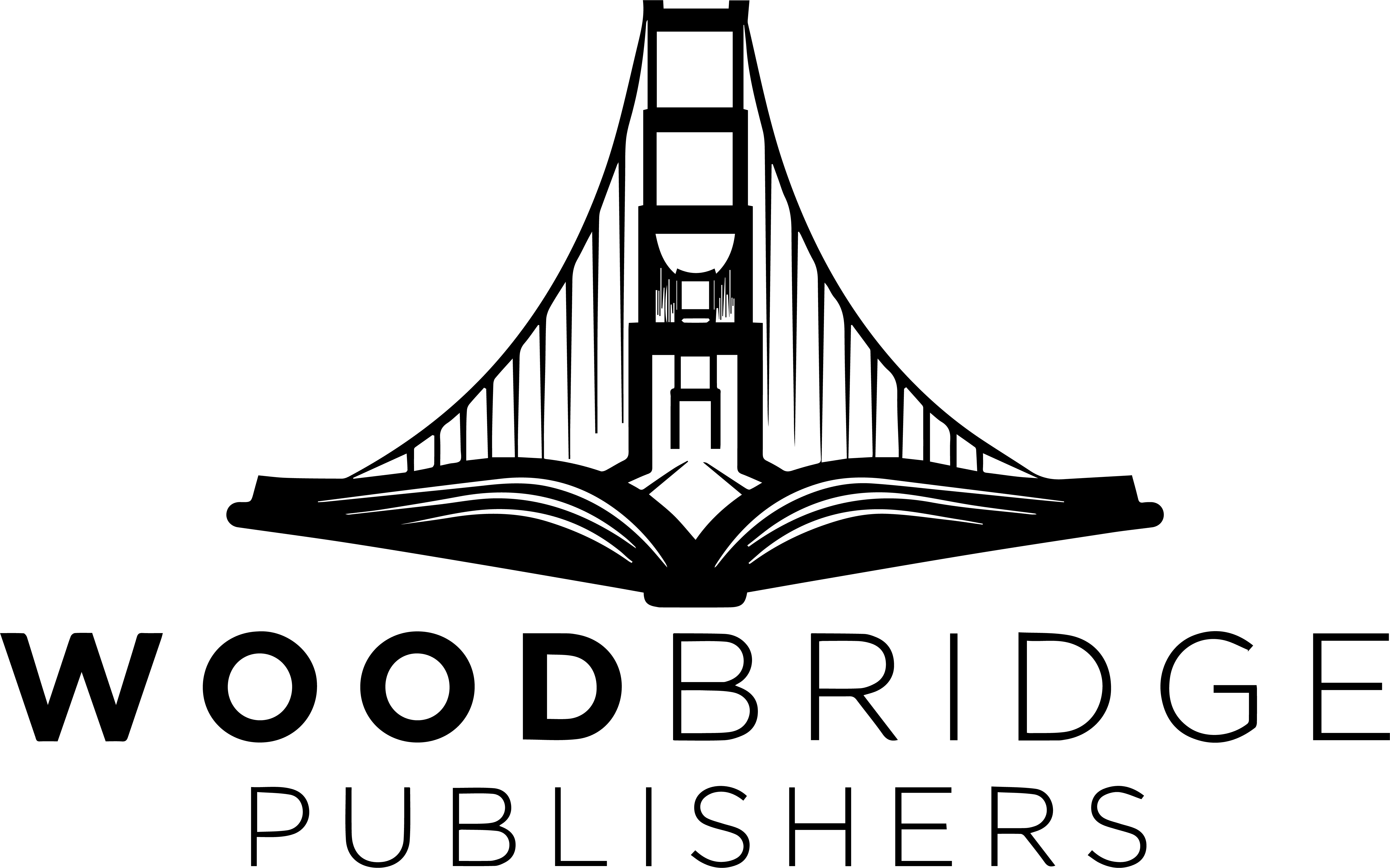Self-publishing a book is both thrilling and daunting, especially if it’s your first time. There’s so much to learn, from writing and editing to designing and marketing. But don’t worry, we’ve got you covered. In this self-publishing guide, we’ll break down the process into manageable steps so you get the answer to your question of how to publish a book yourself without feeling overwhelmed.
Step 1: Understand Where You Are as an Author
Before diving into the self-publishing process, take a moment to evaluate your position as a writer. Are you writing for passion, profit, or both? Knowing where you stand will help you navigate the publishing journey more effectively.
There are generally three types of authors:
- New or Debut Authors: Writing is mostly about passion, and you’re exploring the idea of self-publication of books for the first time.
- Established Authors: You’re serious about writing, understand the market, and might already be making some income from your books.
- Somewhere in Between: You’ve written a few books but aren’t entirely treating it as a business yet.
Wherever you are on your journey, that’s okay! Just keep it in mind as we move forward.
Step 2: Research Your Genre and Audience
Before you even start writing (or if you already have a manuscript), researching your genre and audience is crucial. Understanding what readers want can help you shape your book in a way that appeals to them.
Questions to Ask During Research:
- What books in my genre are currently popular?
- What themes, tropes, or styles do successful books have?
- What are readers saying in reviews? What do they love or hate?
- How will my book stand out?
Platforms like Amazon’s Kindle Store, Goodreads, and BookTok can give you insights into what’s trending.
Step 3: Write Your Book
Now comes the heart of the process, writing your book. The key to finishing a book is setting realistic goals.
Tips for Writing Efficiently:
- Set Word Count Goals: Decide on a daily or weekly writing target. Even 500 words a day can lead to a full manuscript in a few months.
- Stick to a Routine: Create a writing habit that works for your schedule.
- Avoid Perfectionism: Your first draft doesn’t have to be flawless. The goal is to get your story down on paper.
- Use Writing Tools: Software like Scrivener, Google Docs, or Dabble can help keep your work organized.
Step 4: Edit and Revise Your Manuscript
Once you’ve completed your draft, it’s time to revise. Editing is where your book truly comes to life.
Editing Process:
- Self-Editing: Read through your manuscript and fix obvious mistakes.
- Beta Readers: Find trusted readers to give you feedback.
- Developmental Editing: Focuses on big-picture elements like plot, pacing, and characters.
- Line Editing: Improves sentence structure and readability.
- Copy Editing: Corrects grammar, spelling, and punctuation errors.
- Proofreading: The final check before publishing.
If budget allows, hiring professional editors can make a huge difference in the quality of your book.
Step 5: Format Your Manuscript for Publishing
Your book needs to be formatted properly before it can be published. The format depends on whether you’re publishing an ebook, paperback, or both.
Formatting Tools:
- Microsoft Word & Google Docs: Good for simple formatting.
- Vellum (Mac): A popular formatting tool for professional-looking ebooks and print books.
- Atticus: A great alternative for both Mac and Windows users.
- Reedsy’s Free Formatting Tool: A great budget-friendly option.
Your book should have:
- Proper chapter headings
- A professional font
- Clear margins
- A table of contents (for ebooks)
Step 6: Design a Professional Book Cover
Your book cover is one of the most important elements of marketing. Readers do judge a book by its cover!
Cover Design Options:
- DIY (If You Have Design Skills): Tools like Canva or Photoshop can help.
- Premade Covers: Websites like GoOnWrite or The Book Cover Designer offer affordable options.
- Professional Designers: Hire a designer from Fiverr, 99designs, or Reedsy for a high-quality cover.
A great cover should be genre-appropriate, eye-catching, and readable, even in thumbnail size.
Step 7: Choose Your Publishing Platform
Now, it’s time to decide where to publish your book. Amazon Kindle Direct Publishing (KDP) is the most popular choice, but there are other options too.
Publishing Platforms:
- Amazon KDP: Best for reaching the widest audience.
- Draft2Digital: Distributes to multiple retailers.
- IngramSpark: Great for wide distribution, including bookstores and libraries.
- Smashwords: Specializes in indie ebooks.
If you’re publishing a print book, Print-on-Demand (POD) services like KDP Print and IngramSpark allow you to sell paperbacks without maintaining inventory.
Step 8: Set Your Book Pricing
Pricing your book correctly is essential. Here’s a rough guide:
- Ebooks: $2.99 – $4.99 (most indie authors find success in this range)
- Paperbacks: Usually $9.99 – $19.99, depending on page count and production cost
Consider running promotions, such as free or discounted ebooks, to attract readers.
Step 9: Market Your Book
Writing a book is only half the battle—now you need to market it! Millions of books are published each year, so you have to make yours stand out.
Marketing Strategies:
- Build an Author Website: A hub for your books and updates.
- Social Media Presence: Engage with readers on Instagram, TikTok, and Twitter.
- Email List: Collect emails from interested readers to inform them about new releases.
- Amazon Ads & Facebook Ads: Paid advertising can boost visibility.
- Book Launch Team: Get early readers to leave reviews and spread the word.
- Giveaways & Promotions: Offer free books to gain exposure.
Consistency is key! The more you market, the better your book will perform.
Step 10: Keep Writing and Building Your Brand
One book is just the beginning. Many self-publication authors see the most success when they keep writing and publishing new books.
Long-Term Growth Tips:
- Write More Books: Readers who love your work will want more.
- Engage with Your Audience: Keep in touch with your readers.
- Experiment with Different Marketing Strategies: See what works best for your books.
- Consider Expanding to Audiobooks: Audio is a growing market.
Final Thoughts
How to independently publish a book is a challenging question but a rewarding journey. While there’s a lot to learn, every step brings you closer to achieving your dream of becoming a published author. Whether you’re writing for passion, profit, or both, you have the tools to make it happen.
So, what are you waiting for? Start writing, self-publish your books, and share your stories with the world!
This guide to self-publishing will help you every step of the way. Remember, the process may seem long, but you’ll reach your goal with patience and determination. Now that you know the steps to self-publish a book, it’s time to take action!
Frequently Asked Questions
1. How much does it cost to self-publish a book?
The cost of self-publishing varies based on factors such as editing, cover design, formatting, and marketing. While you can technically publish for free on platforms like Amazon KDP, investing in professional services can improve your book’s quality and sales potential. On average, self-publishing costs range between $100 to $5,000, depending on how much professional assistance you require.
2. How do I get an ISBN, and do I need one?
An ISBN (International Standard Book Number) is required if you want to sell your book in bookstores, libraries, or through multiple retailers. Some platforms, like Amazon KDP, offer a free ISBN, but this ties your book to their platform. If you want full distribution control, you can purchase an ISBN through agencies like Bowker (US) or Nielsen (UK). Prices start around $125 for one ISBN or $295 for a set of ten in the U.S.
3. Can I make a living from self-publishing?
Yes, but it requires dedication, strategic marketing, and multiple books. Many authors make a few hundred dollars a month, while others earn six figures. Success depends on factors like book quality, niche selection, marketing efforts, and audience engagement. Writing multiple books, running promotions, and using paid ads can increase your earning potential over time.
4. Should I self-publish or pursue traditional publishing?
It depends on your goals. Self-publishing offers complete creative control, faster publishing timelines, and higher royalties (35%-70%), but you must handle all aspects of publishing and marketing. Traditional publishing provides professional support, wider bookstore distribution, and prestige, but it can take years to secure a book deal, and royalties are usually lower (10-15%). Self-publishing is ideal for those who want immediate publishing freedom, while traditional publishing suits those who prefer industry backing and wider print distribution.
5. How do I market my self-published book effectively?
Successful marketing involves multiple strategies, including:
- Build an email list and engage with readers.
- Running Amazon and Facebook ads to target potential buyers.
- Social media marketing (Instagram, TikTok, Twitter, Facebook).
- Using book promotion sites like BookBub, Bargain Booksy, and Freebooksy.
- Collaborating with book bloggers and influencers for reviews and exposure.
- Offering free or discounted promotions to generate sales and reviews.
Marketing is an ongoing process, so consistent engagement and experimentation with different strategies will help maximize your book’s visibility and success.



